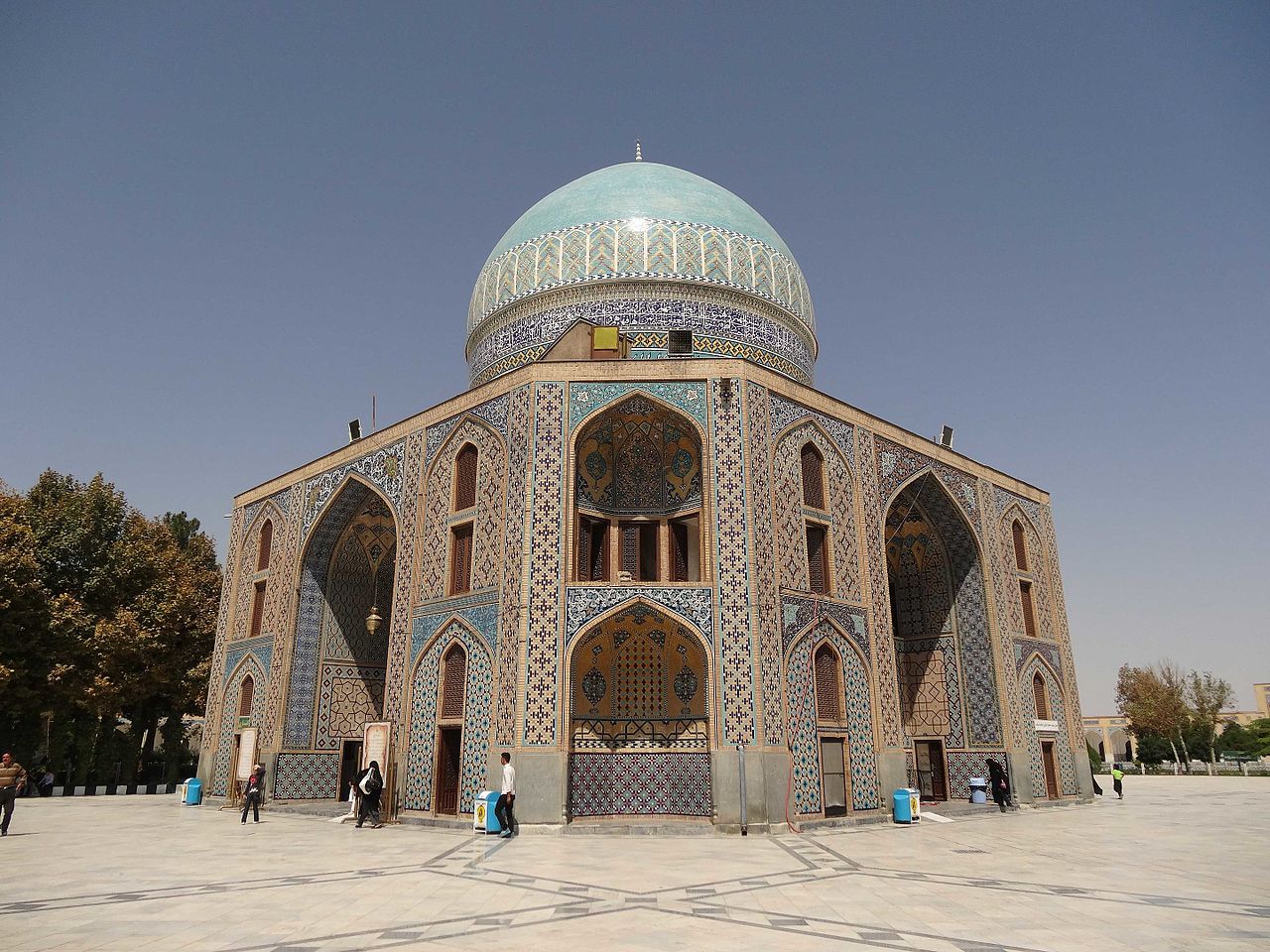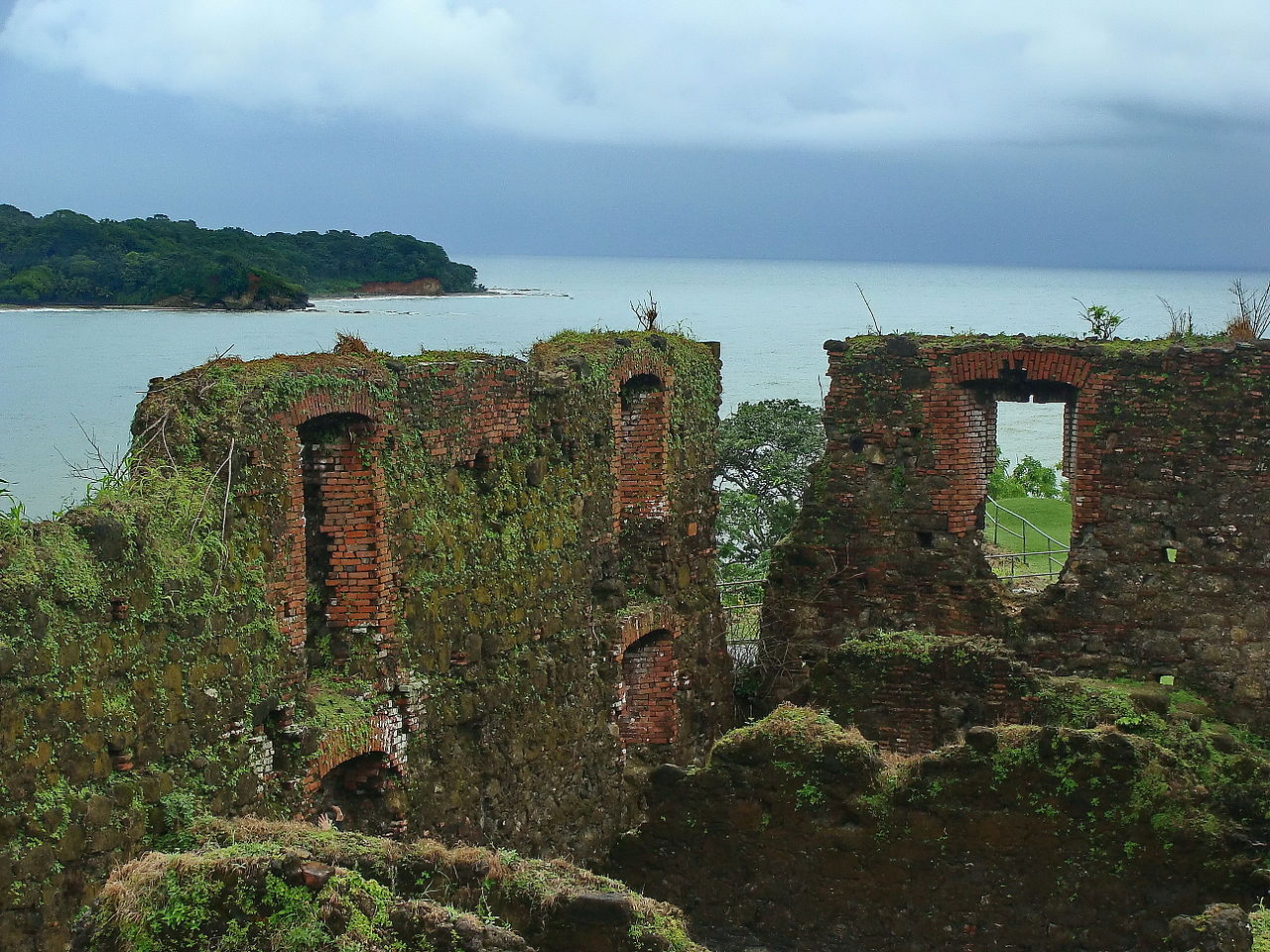World heritage
The World Heritage Committee
The World Heritage Committee decides which new areas are to be inscribed on the World Heritage List. It is also responsible for following up on the convention work.

The World Heritage Committee
The World Heritage Committee consists of 21 states parties/national representatives responsible for:
- implementing the World Heritage Convention
- defining the use of the World Heritage Fund
- allocating financial support based on requests from states parties
- making final decisions on which new areas are to be inscribed on, or removed from, the World Heritage List
- reviewing State of Conservation Reports for the conservation of areas already inscribed and asking states parties to initiate measures in cases where areas are not being managed properly
- assessing the status of World Heritage sites on the List of World Heritage in Danger.
Half of the members of the World Heritage Committee are replaced every two years.

New sites on the World Heritage List?
All states parties on the World Heritage Committee may submit nominations to the World Heritage List. However, many members choose not to submit their own nominations for the duration of their time on the committee.

